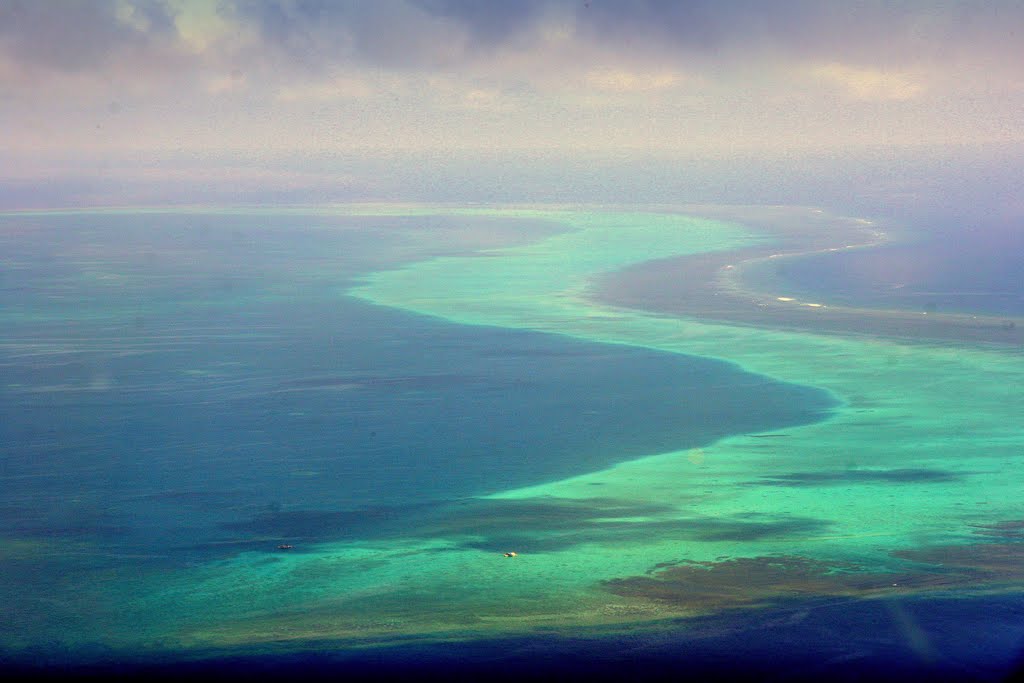On September 19 2013, the Philippines and the United States launched joint military exercises near disputed areas of the South China Sea. According to regional security expert Ian Storey, “The Chinese will view these military exercises as yet another example of the Philippines stirring tensions in the South China Sea and of the US taking advantage of the situation to increase its military presence.”
This instance of diplomatic tension is only the latest installment in a long history of territorial disputes in the South China Sea. In addition to the People’s Republic of China, countries such as Taiwan, the Philippines, Vietnam, Malaysia, Brunei, and Indonesia claim territory and exclusive economic zones within this space. Tensions have flared in recent months as several of these countries sought to exercise their sovereign muscle in the region.
In March 2013, for example, Vietnamese fishing boats were pushed out of disputed waters and fired upon by Chinese patrol boats. In late August, Filipino Defense Secretary Voltaire Gazmin issued a statement that Chinese coast guard ships and concrete blocks, an indication of construction to come, had been seen near the disputed Scarborough shoal. More recently, on the 12th of September, General Fan Changlong of China opined that the Chinese army ought to, “speed up various preparations for sea battles”, and, “improve maritime deterrence and combat capabilities.” This has been in large part interpreted as an effort to dissuade the United States from becoming more involved in the region.
The ongoing nature of the conflicts stems largely from the richness of the South China Sea as an area for natural resource exploration. The United States Energy Information Administration estimates that the South China Sea contains, “approximately 11 billion barrels of oil and 190 trillion cubic feet of natural gas reserves in proved and probable reserves.” These economic prospects are undoubtedly a motivating influence behind territorial claims.
In Hong Kong this March, Canada’s Minister of Foreign Affairs said that involvement in Asia is a “national imperative” for Canada. Despite this, Canada has remained conspicuously silent on these maritime disputes. Unlike other countries, such as the United States and Germany, which have committed to the principle that the South China Sea remain accessible to international vessels civilian and military, the Government of Canada has yet to issue a statement on the issue.
In response to this diplomatic silence, the Asia Pacific Foundation of Canada released a paper in May 2012 outlining possible justifications for it. It is possible, for example, that the Harper Government has chosen to remain silent because Canadian interests in the region are not strong enough to justify commentary. This is unlikely, however, given Canada’s vocal stance on other issues of political contention within Southeast Asia, such as Burma’s human rights record.
However, a more interesting consideration is the paper’s suggestion that a Canadian statement on the South China Sea would draw unwanted attention to the Canadian position on maritime disputes in its Arctic archipelago. Much like the South China Sea, Canada’s arctic waterways represent a strategic and commercially important body of water over a vast reserve of fossil fuels. As a result, they have become a point of friction between competing international interests, including those of Canada, Russia, the United States, and Denmark. Unlike in the South China Sea, these territorial conflicts of interest remain latent for the time being.
The Arctic and South China Sea disputes cannot be legally conflated, as the legal particulars of each case differ. In the arctic, the legitimacy of a Canadian right to closure and comprehensive regulation of the Northwest Passage hinges on the legal definition of a strait. In the South China Sea, the debate surrounds the legitimacy of historical claims and the interpretation of exclusive economic zones (EEZs) under the United Nations Convention on the Laws of the Seas. Nevertheless, insofar as the arctic dispute superficially resembles those ongoing in the South China Sea, a Canadian commitment to international maritime accessibility and right of passage in the face of Chinese intransigence could politically undermine Canada’s disputed claim over the fast thawing Northwest Passage and other arctic waters.
Until 2015, Canada is serving as the chair of the Arctic Council, an international organization comprising the world’s arctic governments. This gives Canada agenda-setting powers to bring uncomfortable issues, like the legal status of arctic waterways, to the table. It should do so sooner, rather than later. Arctic waterways are thawing and will soon be accessible to large ships from around the world. These vessels, too large for the Panama Canal, must usually sail around the tip of South America to reach their ports. By midcentury, an open Northwest passage could cut down on the geographical shipping distance of such vessels by 30%.
The current South China Sea disputes serve to illustrate the importance of resolving disputes in Canada’s Arctic dispassionately, before such interests descend upon already disputed territory to create an acrimonious and escalating diplomatic struggle. While it is hard to imagine that a dispute over Canada’s Northern waterways would reach the same levels of hostility as those of the South China Sea, the potential for ill-will and political disruption should not be underestimated.




